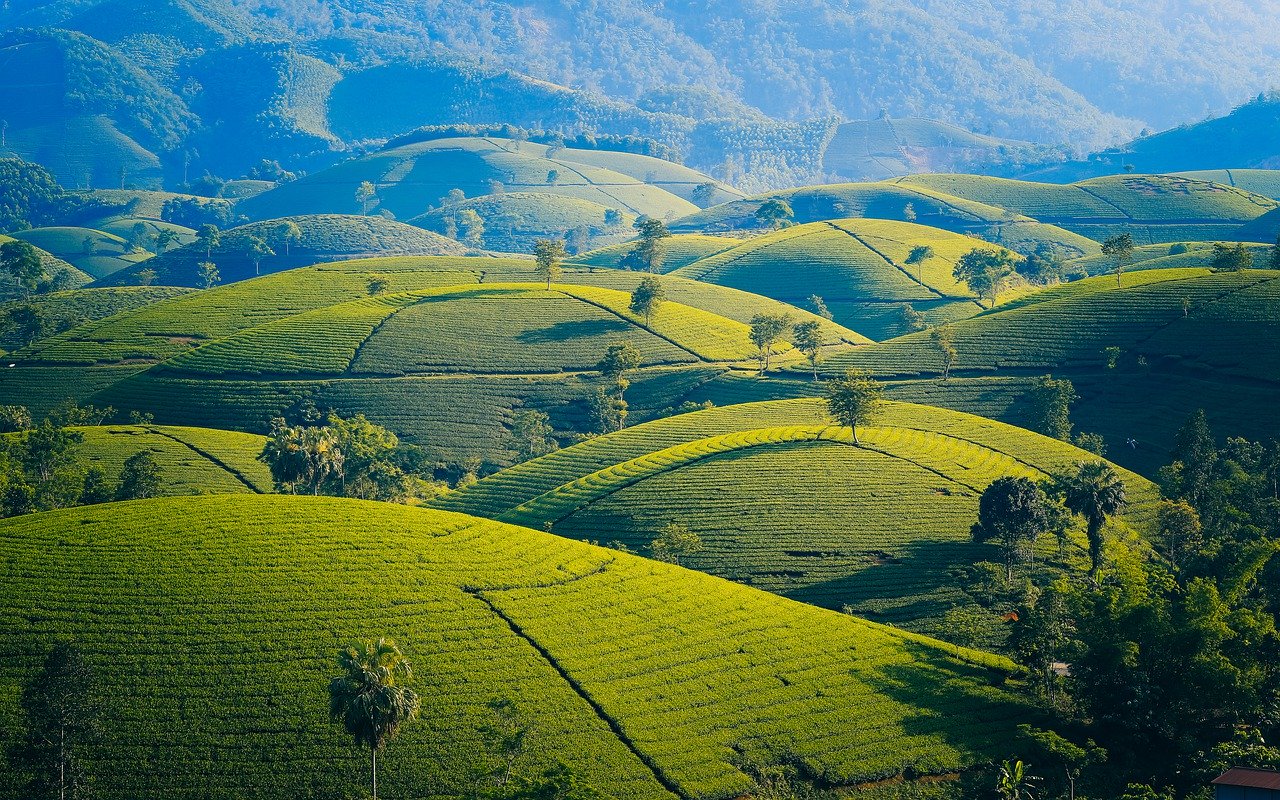The pairing between cigar and tea
Tea is a drink originating in Chinese civilization obtained from the infusion of leaves of the Camelia Sinensis plant. For lovers of non-alcoholic drinks, tea can prove to be a surprising discovery in terms of both gastronomic combinations and products such as the cigar. Precisely in reference to the latter, thanks to its remarkable flexibility, tea is chosen as one of the drinks that are best combined with smoking products.
Color classification of Tea
According to the Chinese chromatic classification, the teas can be divided into six types according to the different types of processing of the leaves.
White tea: Tea naturally oxidized. They are the most delicate, floral and the least worked. Much of the production of white tea comes from the Chinese province of Fujian.
Green tea: Non oxidized tea. They have a fresh, herbaceous and slightly astringent taste. They are produced both in China and Japan.
Yellow tea: Non oxidized tea. Sweeter than green tea. It is produced in small quantities in some areas of China such as the provinces of Sichuan and Hunan and is considered a rare product.
Oolong tea: Partially oxidized tea. A middle ground between green and red teas. On the gustatory level, low oxidation levels bring them closer to green teas, high oxidation levels bring them closer to red teas. The most famous production area is Taiwan.
Red Tea: Tea completely oxidized. They are called in Europe Black teas for their high level of oxidation. They can vary from fruity to toasted hints. It is produced in India (where the type of Camelia Sinensis Assamica plant is used), China and Sri Lanka.
Black Tea: Post-fermented tea. They are the only teas that need to be seasoned before being marketed. The finest are destined for aging. The most popular variety is Pu’er tea.
The classification of the leaves
The leaves are classified according to a precise quality criterion; through the abbreviations (called grades) that are shown on the label, you can understand which type of leaf you are using. Grades can be applied for the following categories:
Whole leaf:
- FOP (Flowery Orange Pekoe): tea made from the last bud with two leaves.
- GFOP (Golden Flowery Orange Pekoe): FOP having a fair amount of golden gems.
- TGFOP (Tippy Golden Flowery Orange Pekoe): FOP with greater quantity of golden gems.
- FTGFOP (Finest Tippy Golden Flowery Orange Pekoe): excellent quality FOP.
- SFTGFOP (Super Fine Tippy Golden Flowery Orange Pekoe): Absolutely the best FOP.
- FTGFOP1: First quality leaves from the SFTGFOP grade.
Broken leaf:
- BOP (Broken Orange Pekoe).
- FBOP (Flowery Broken Orange Pekoe).
- FBOPF (Flowery Broken Orange Pekoe Fannings).
- GBOP (Golden Broken Orange Pekoe).
- GFBOP1 (Golden Flowery Broken Orange Pekoe 1).
- TGFBOP1 (Tippy Golden Flowery Broken Orange Pekoe 1).
Fanning leaf:
- FOF (Flowery Orange Fannings).
- GFOF (Golden Flowery Orange Fannings).
- TGFOF (Tippy Golden Flowery Orange Fannings).
- BOPF (Broken Orange Pekoe Fannings).
Fanning leaf tea is sold in the classic sachets sold in large retailers. There is a noticeable difference in quality compared to whole or broken leaf tea, since once crumbled, it no longer provides any information about its characteristics.
The pairing between cigar and tea in detail
Thanks to its incredible taste versatility, tea can be combined with various types of products, including cigar. Compared to other types of drinks, the margin of error (if certain rules are followed) is difficult to achieve. This allows you to carry out countless experiments.
Pairing according to structure and persistence
As for other drinks The pairing for structure and persistence is also valid in the world of tea. Here are some rules:
– Light-bodied cigars that are not very persistent on the palate should be paired with unstructured and low-persistent teas, such as white and yellow teas.
– Medium-bodied and medium persistent cigars on the palate should be paired with medium structured and persistent teas, such as green teas, intense and floral oolong teas and particularly fruity red teas.
– Full-Bodied cigars, structured with a long persistence on the palate should be combined with structured and persistence teas, such as dark and malted oolong teas, toasted red teas and black teas.
Pairing according to spicing
Spicy is another element of the matching by concordance and is present in some cigars as well as in some oolong and red teas. In order to correctly combine the two products as well as seeking a balance as for the criteria of structure and persistence, it is to find aromas that recall sweet spices, avoiding too invasive spices that could evolve into hints of smoking and roasting, giving an unpleasant bitter sensation on the palate when pairing.
Pairing for chromaticity
This type of pairing is widely used in the marriage of food-wine and cigar-beer (we talked about it in a previous article, the criteria of pairing). Tea is one of the few drinks that for an assonance of colors with the cigar wrapper can afford to face this type of pairing. The wrapper of a cigar, like the color of a tea, can tell us a lot about what to expect in terms of taste. The pairing is based on choosing a tea whose color is as close as possible to the color of the cigar band.
Conclusions
In this article we introduced the pairing between cigar and tea, starting from the definition of the latter and addressing the various types of classifications (from color to various types of leaves). Subsequently, we went into the pairing, illustrating the principles of concordance based on the structure, persistence and spiciness and finally moving on to the chromatic combination. Tea is an incredible drink with enormous potential, certainly to be rediscovered and re-valued both in gastronomic pairings and in combinations with cigars.

Image by Pexels from Pixabay
Image by Son Hoa Nguyen from Pixabay

